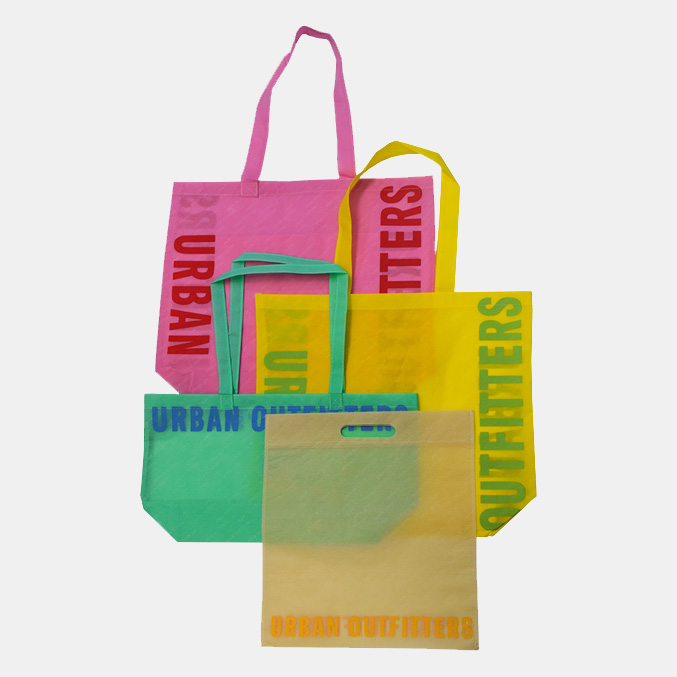Do you know the name of the world’s largest mangrove forest? It’s name is the Sundarbans. In Bengali “Sundar” means beautiful and “Ban” means jungle. ” Yes, this jungle is as beautiful as one can dream about in stories such as The Jungle Book. It is in Bangladesh, a small country in South Asia, and the forest is situated in the southwest part of the country. It is the home of the Royal Bengal Tiger, incredibly ferocious, marked with black stripes all over its yellow body. The region also has pythons, deer (chitra with white spots), elephants, alligators, monkeys and birds of many species. The forest is also the home for many trees which are endemic to the area. Unfortunately, the trees are being cut down for the need of expanding the human habitat to support the country’s massive population. Smugglers are also cutting the trees as it has high demand to be used as the raw materials in many factories, cooking, producing matches and paper illegally.
But the Sundarbans faces its largest threat right now when the government agreed to establish a power plant called the Rampal Power Plant. The power plant will be a coal-powered power station to be founded in the Rampal area in the Khulna division in Bangladesh. The planning of this proposed power plant was agreed between two countries: India’s National Thermal Power Corporation and Bangladesh Power Development Board (BPDB). The joint-venture company is called Bangladesh India Friendship Power Company. Perhaps it was for friendly relations between the two countries, but plan is not friendly to the environment. According to environmentalists, this project is designed in a way that highly violates the preconditions that was set up by the Department of Environment (DoE) which says that the “location of plant, 14 kilometers from the Sundarbans, violates one of the basic preconditions which says such projects must be outside a 25-kilometer radius from the outer periphery of an ecologically sensitive area.”
The Sundarbans is in the List of Wetlands of International Importance, deemed by the Ramsar Convention to be incredibly important, not just in an ecological matter, but in culture, economic, and other matters. The proposed location will not only occupy over 1800 acres of land, but India has abundant coal as a natural source, so millions of tons of coal that will be brought to the power plant in Bangladesh by ship. Environmentalists say the ship that will bring the coal will not be covered which will pollute the air with coal dust and other toxic substances, and also it will pollute the nearby Poshur river with its waste and other debris which will affect the waterbody of the mangrove forest and will be highly detrimental to the marine life and surrounding ecosystem of the Sundarbans. Many species are already endangered by the human encroachment, which will be made even worse by a large industrial presence.
The Sundarbans are a part of UNESCO world heritage. The Indian and Bangladeshi government deny the allegation that this coal based power plant will be detrimental to the environment to the environment, but construction of the Rampal Power Plant has temporarily stopped nonetheless due to protests. The Sierra Club, a highly esteemed organization with roots stretching back to the beginning of the environmentalist movement and founded by famed activist John Muir, and several other organizations are demanding a petition to stop this project. I think the Sundarbans is not solely the asset of Bangladesh, it is an asset of the whole world. We as world citizens must protest this industrial encroachment to save the home of the Royal Bengal Tiger and join to abolish the Rampal Power Plant.
This is my blog # 5. This blog is very close to my heart, I spent two years of my childhood living in Jessore, Khulna division which is close to Sundarban. Sundarban is considered one of popular tourist destinations in the world.
You can get a glimpse of Sundarban by visiting following link https://www.youtube.com/watch?v=K-efniRgE5Y

